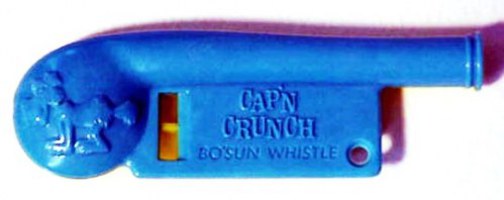Fraud System: Update 2
Progress has slowed a bit on the fraud management system… other priorities have come up over the last month or so but here’s a new walk though. The backend hasn’t changed much. What has changed is the hardware requirements. When I started this project I had no idea how much processing power or space or IO was going to be required so I built the system in such a way that it could be easily scaled at several points. As it turns out.. for this size of a network (about 250k customers) that was unnecessary.

